Ever wondered what it would be like to step back in time without leaving the modern world? Picture walking along a shoreline where footprints in the sand might be the only sign of human presence or discovering a place where ancient traditions haven’t given way to trendy tourist traps.
In an age of endless connectivity and digital overload, these remarkable islands stand as monuments to slower, simpler times.
Sark, Channel Islands
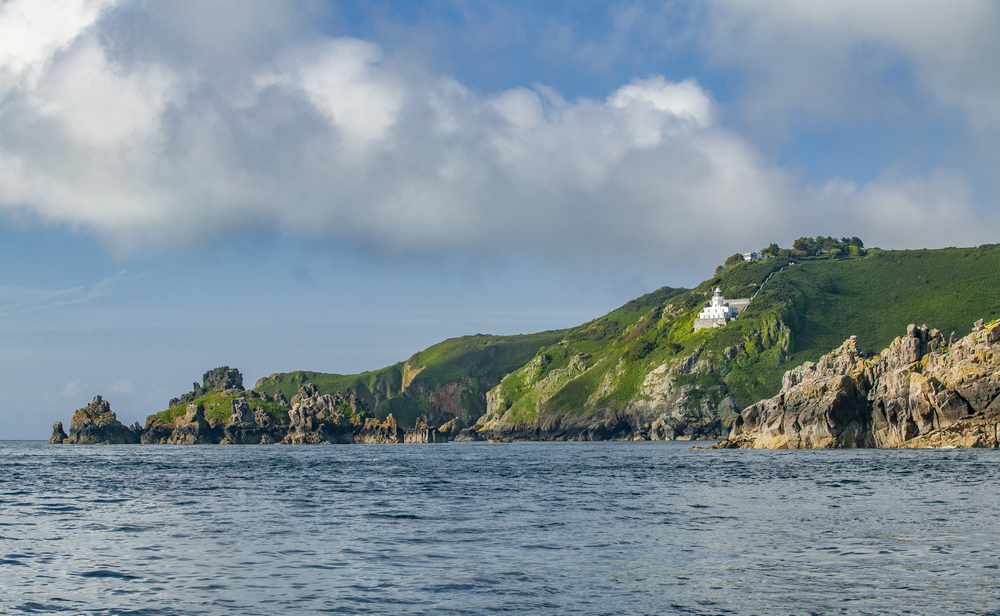
Imagine a place where cars are completely banned, and the clip-clop of horse hooves provides the soundtrack to daily life. Welcome to Sark, where the local doctor still makes house calls by bicycle, and the night sky is so pristine that it’s been designated the world’s first Dark Sky Island.
The island’s 500 residents navigate their rocky paradise via horse-drawn carriages and tractors, maintaining a way of life that feels distinctly Victorian despite the odd solar panel peeking out from behind centuries-old stone walls.
Hydra, Greece
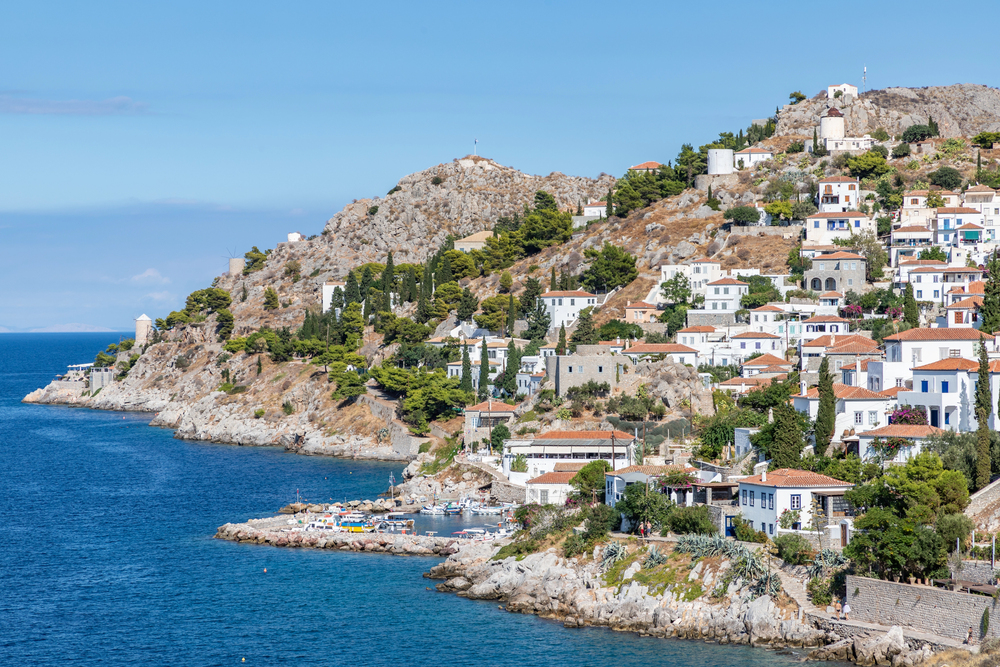
Time-worn stone steps wind through this car-free Greek paradise, where donkeys remain the primary mode of transportation and local laws protect the island’s historic architecture. Artists and writers have long sought refuge in Hydra’s timeless atmosphere, drawn by its perfect blend of sophistication and simplicity.
The island’s port, a perfect horseshoe of gleaming water surrounded by grand sea captains’ mansions, looks almost exactly as it did when Leonard Cohen first fell in love with it in the 1960s.
Like Travel Pug’s content? Follow us on MSN.
Inis Meáin, Ireland
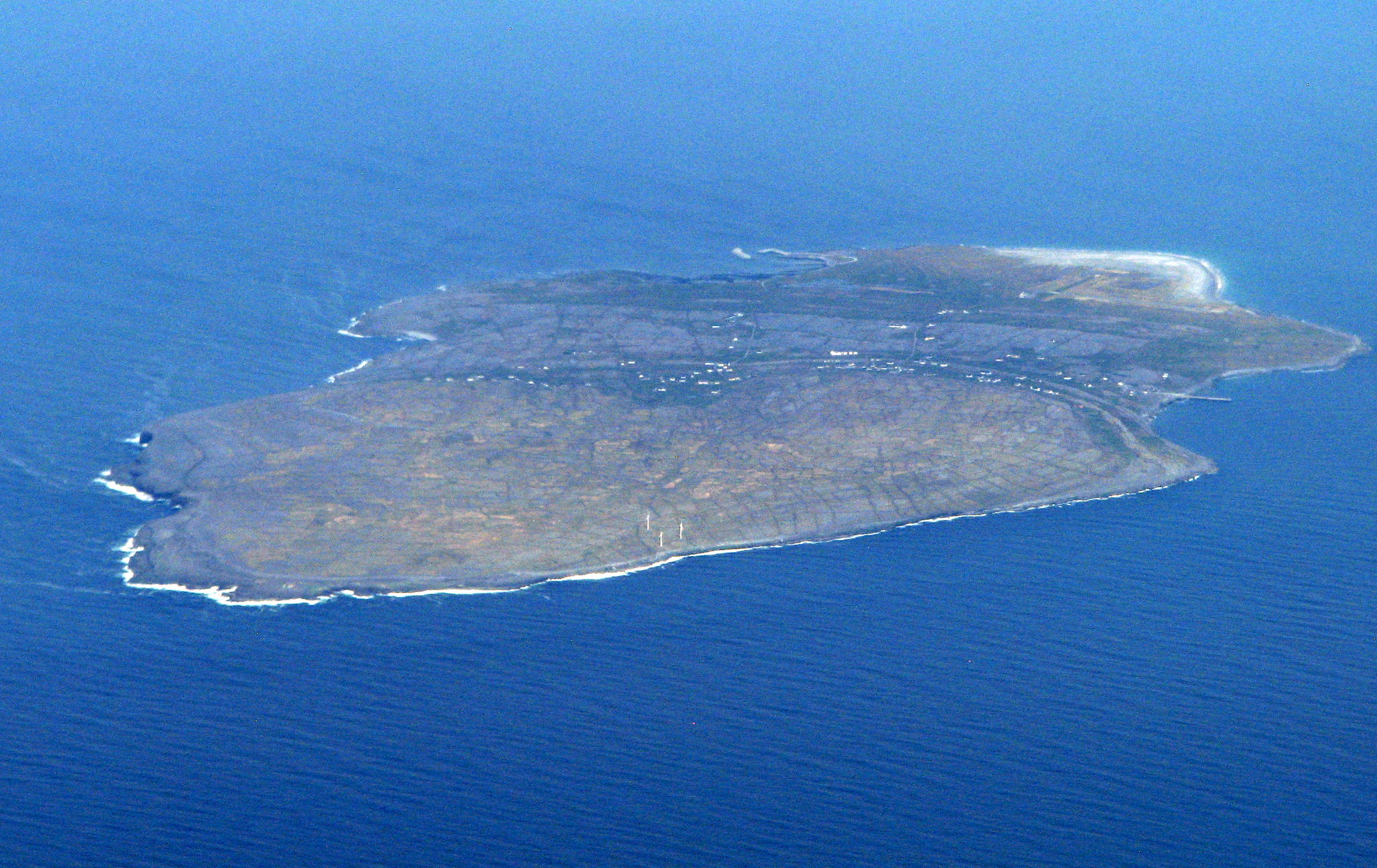
The middle sister of Ireland’s Aran Islands holds tight to its Gaelic heritage like a well-worn sweater. Here, ancient stone walls create a mesmerizing maze across the landscape, and locals still speak Irish as their first language.
Fewer than 200 people inhabit this rugged outpost, where traditional farming and fishing methods remain unchanged for generations, and hand-knit sweaters aren’t tourist souvenirs but essential gear against the Atlantic winds.
Kalaupapa, Hawaii
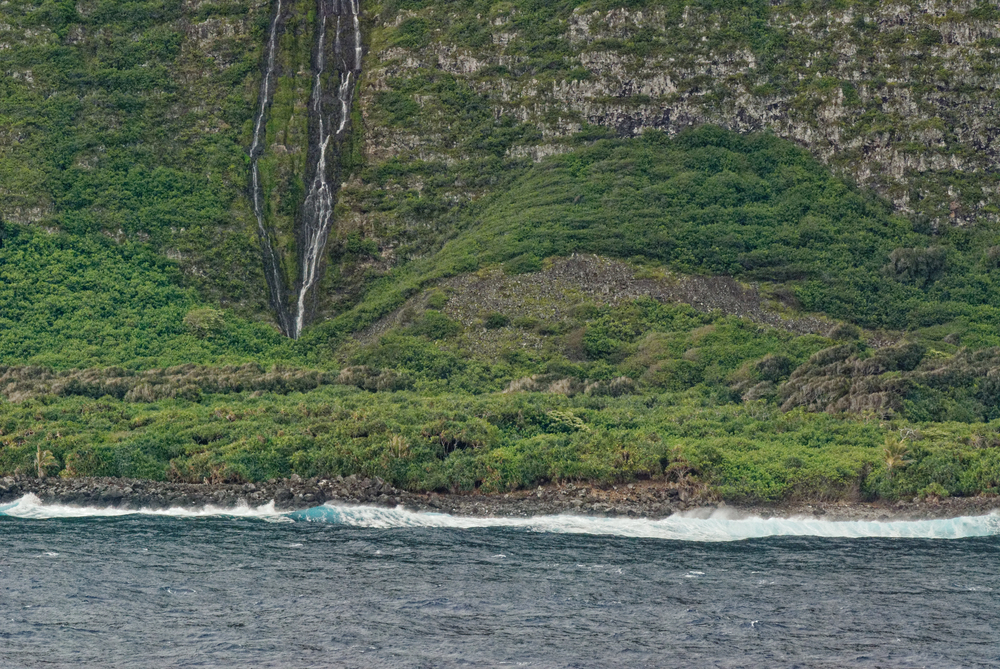
Nestled beneath the world’s tallest sea cliffs on Molokai’s northern shore lies a community that time forgot – by design rather than accident. Access remains limited to this day, preserving both its historic significance and the privacy of its remaining residents.
The peninsula’s isolated beauty tells a powerful story of human resilience, with former medical facilities standing as monuments to a challenging past while modern residents maintain a peaceful way of life far removed from Hawaii’s tourist centers.
Taquile, Peru
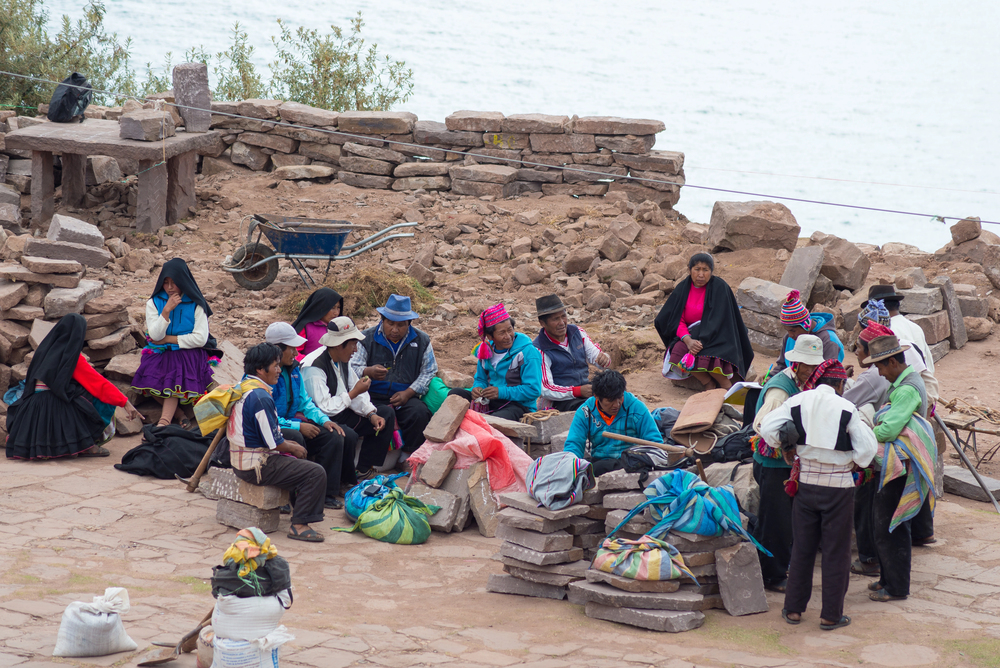
Rising from the waters of Lake Titicaca, Taquile seems to float between earth and sky like something from a dream. The island’s residents still live by ancient Inca moral codes, and their textile traditions have earned UNESCO recognition as a Masterpiece of Humanity.
Modern phones might peek out from traditionally woven pockets, but social life still revolves around communal work practices that would feel familiar to ancestors from centuries past.
Like Travel Pug’s content? Follow us on MSN.
Tristan da Cunha
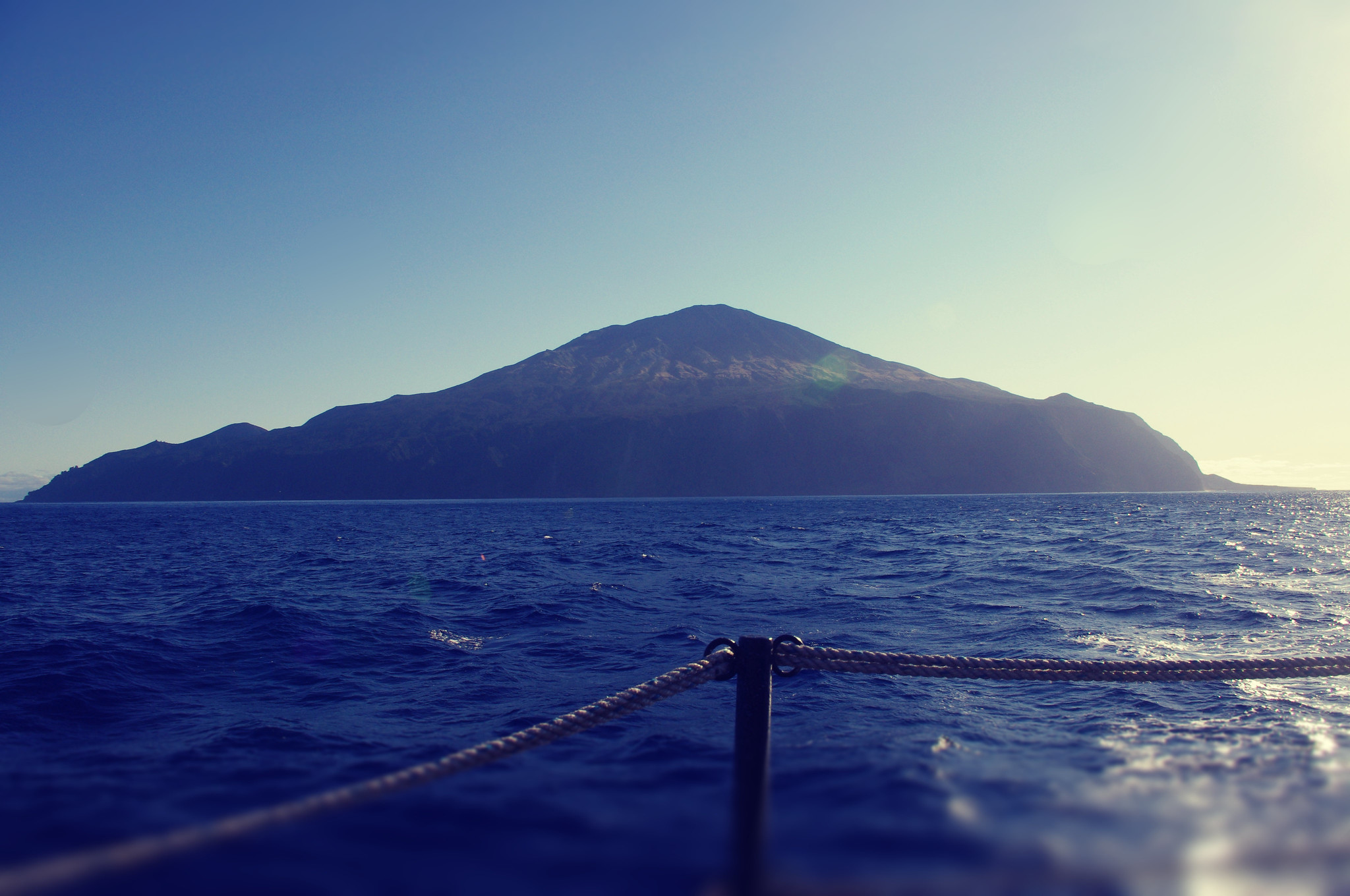
Welcome to the world’s most remote inhabited island, where the entire population of 245 people shares just seven surnames. This volcanic outpost in the South Atlantic runs on principles of community survival that wouldn’t feel out of place in medieval times.
Despite having internet access now, the island’s economy still operates partly on a barter system, and every non-disabled person serves as a farmer while holding down their day job.
Föhr, Germany
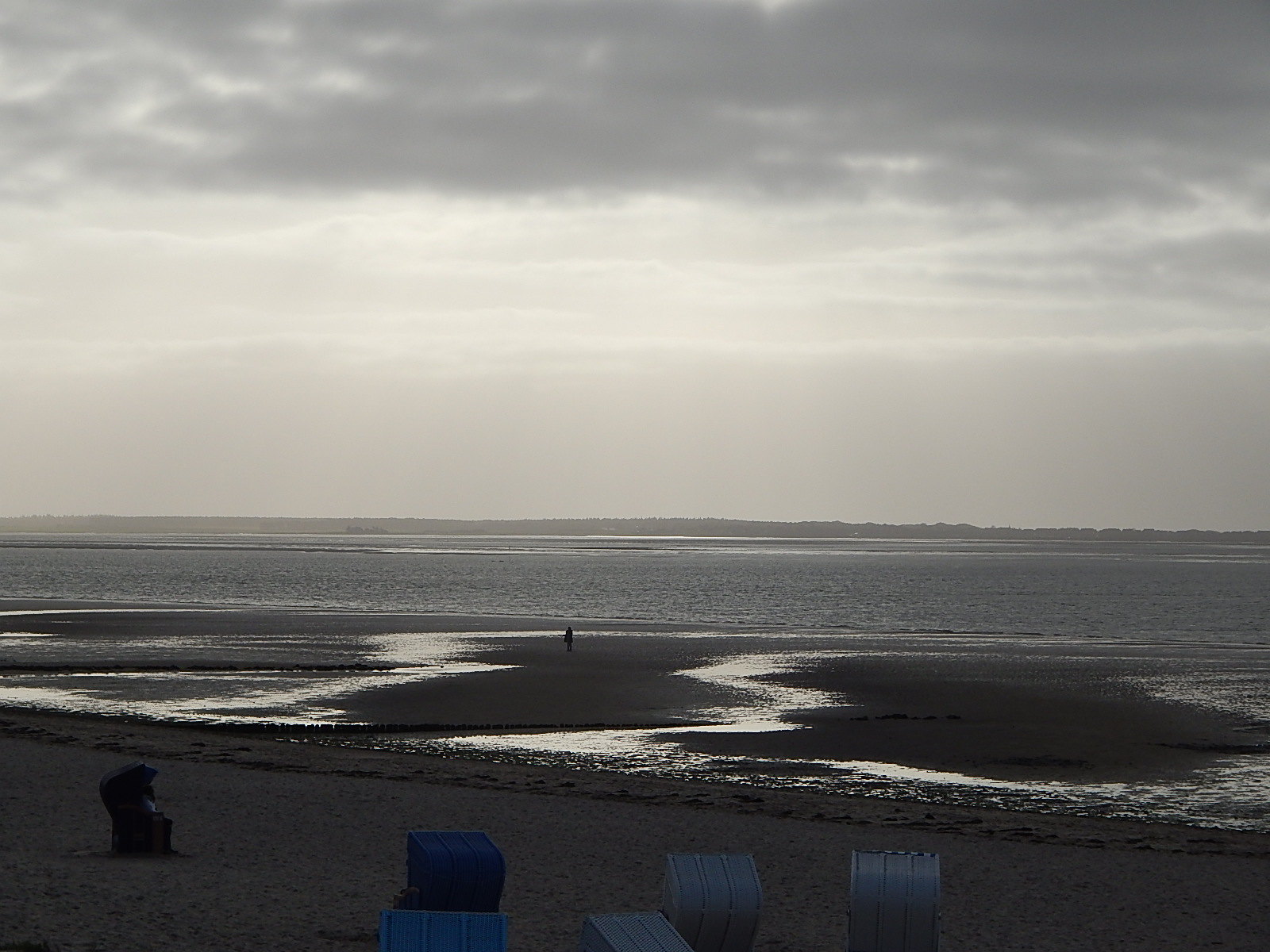
Known as the ‘Frisian Caribbean,’ this North Sea island preserves a distinct culture through its traditional dress, ancient language, and time-honored customs. Women still wear elaborate regional costumes for special occasions, not as tourist attractions but as living traditions.
The island’s unique take on afternoon tea rivals Britain’s, with locals gathering for ‘Frisian coffee’ served in delicate cups that haven’t changed their design in centuries.
Ulva, Scotland
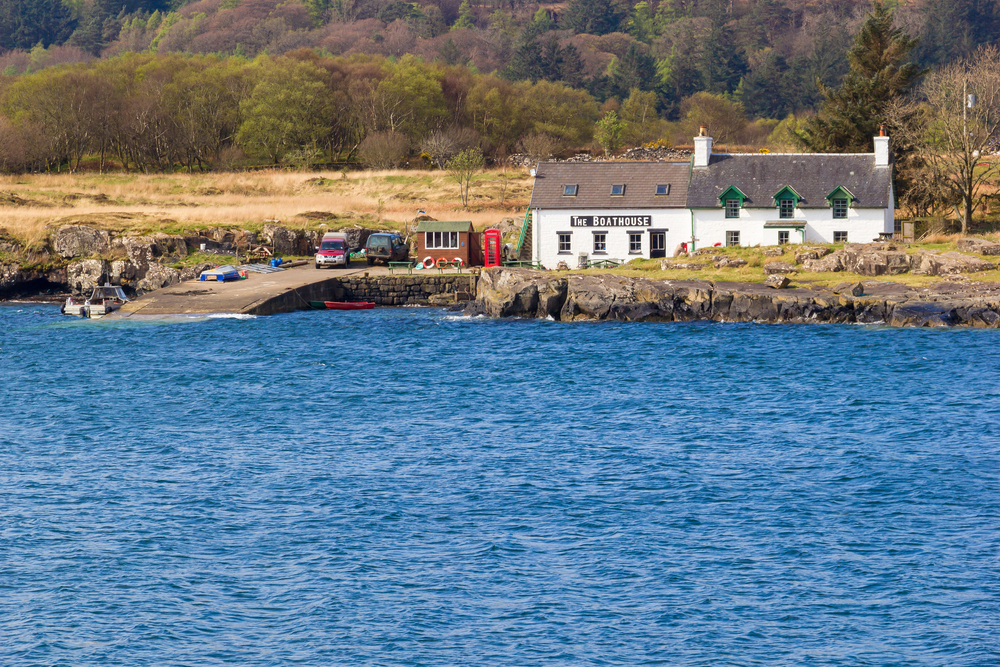
Bought by its community in 2018, this rugged Scottish isle is writing a new chapter in an ancient story of highland life. Only six people call Ulva home year-round, but their commitment to sustainable living while preserving historic practices offers lessons for the future.
Solar panels power traditional crofting activities, while centuries-old blackhouses are carefully maintained alongside modern accommodations.
Like Travel Pug’s content? Follow us on MSN.
Flores, Indonesia
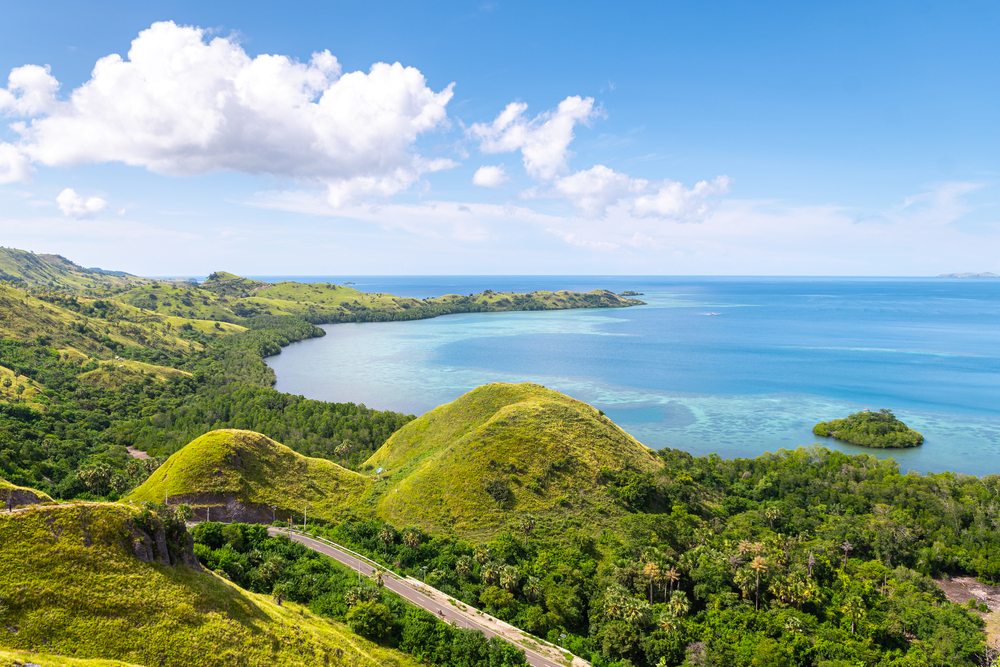
While its neighbors rush to build luxury resorts, Flores remains a place where ancient ritual and daily life intertwine seamlessly. Traditional whale hunting villages dot the coastline, their residents now leading eco-tourism ventures instead of hunts but maintaining the same respect for marine life their ancestors held.
In the island’s mountain villages, traditional houses still stand proudly, their distinctive high thatched roofs marking them as portals to an older Indonesia.
Chiloé, Chile
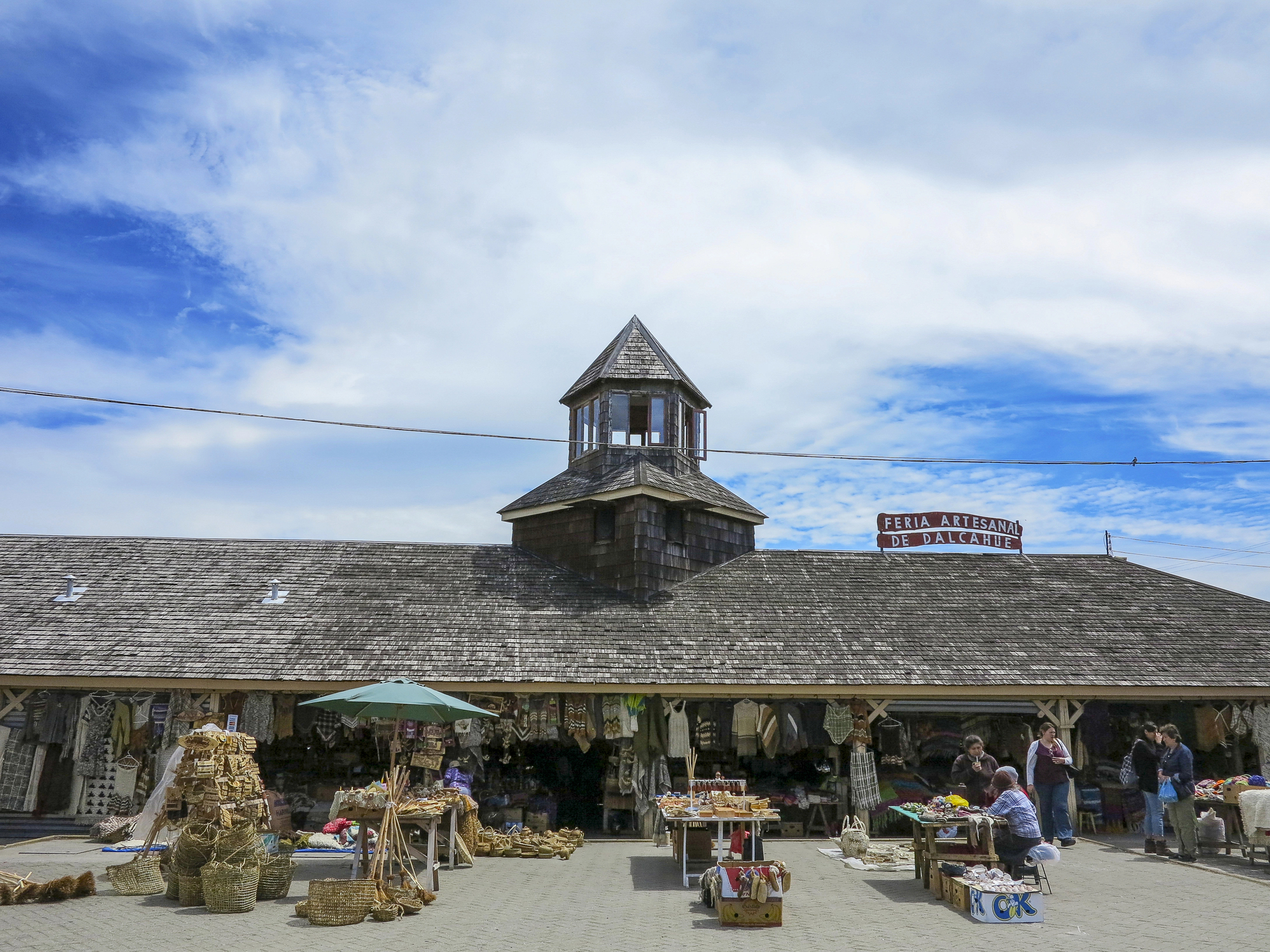
Mist-shrouded and mysterious, Chiloé feels like stepping into a magic realist novel. Colorful wooden churches and UNESCO World Heritage sites dot the landscape like jewels on green velvet, while fishing communities still practice traditional techniques passed down through generations.
Local mythology blends seamlessly with daily life, and wooden palafito houses stand on stilts above the tide just as they have for centuries.
Ōkunoshima, Japan
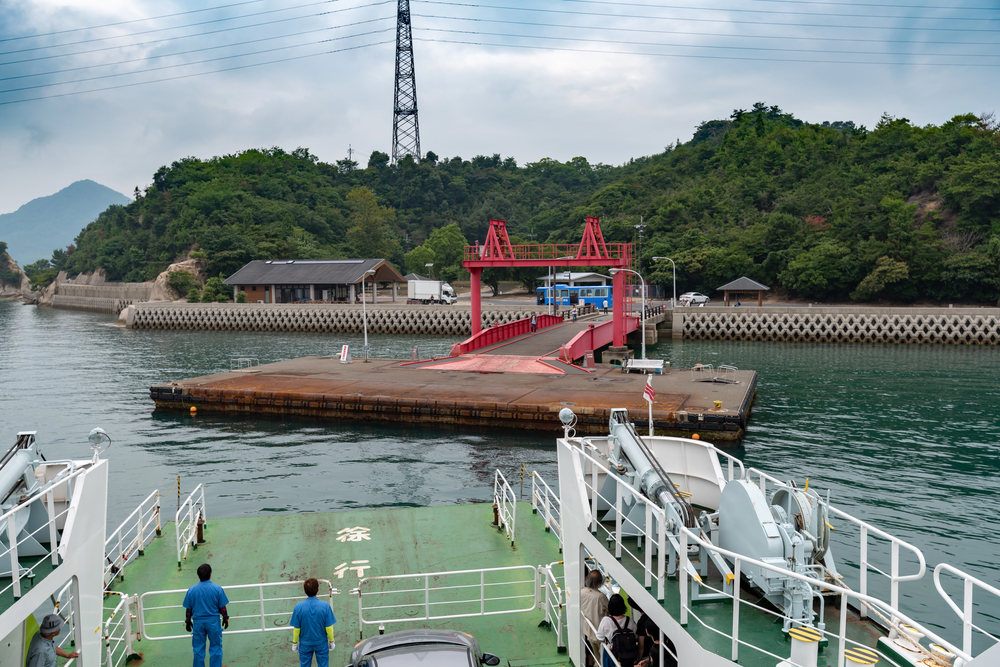
Better known as ‘Rabbit Island,’ this curious place tells a story of nature reclaiming what humans abandoned. Hundreds of friendly rabbits now rule this former military site, creating an atmosphere that feels more like a Studio Ghibli film than reality.
The contrast between overgrown military ruins and peaceful bunny meadows creates an otherworldly atmosphere that’s both haunting and hopeful.
Like Travel Pug’s content? Follow us on MSN.
Sanda, Scotland
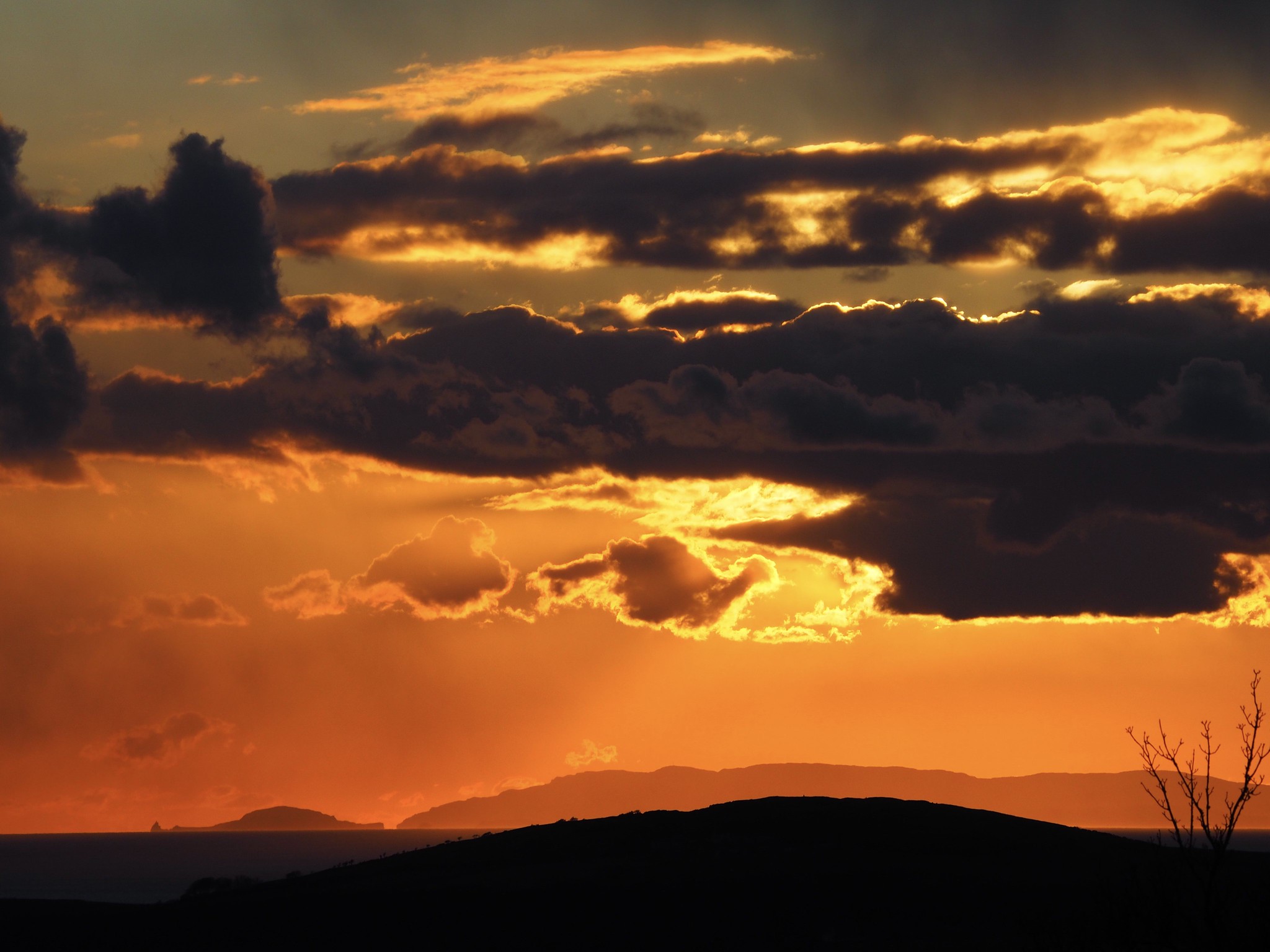
With a permanent population you can count on one hand, Sanda maintains a lifestyle that would be familiar to lighthouse keepers from centuries past. The island’s Victorian-era lighthouse still stands sentinel, though now automated, while sheep graze peacefully on windswept hills.
Modern solar panels power ancient practices, as residents maintain traditional crofting methods while living completely off-grid.
Vis, Croatia
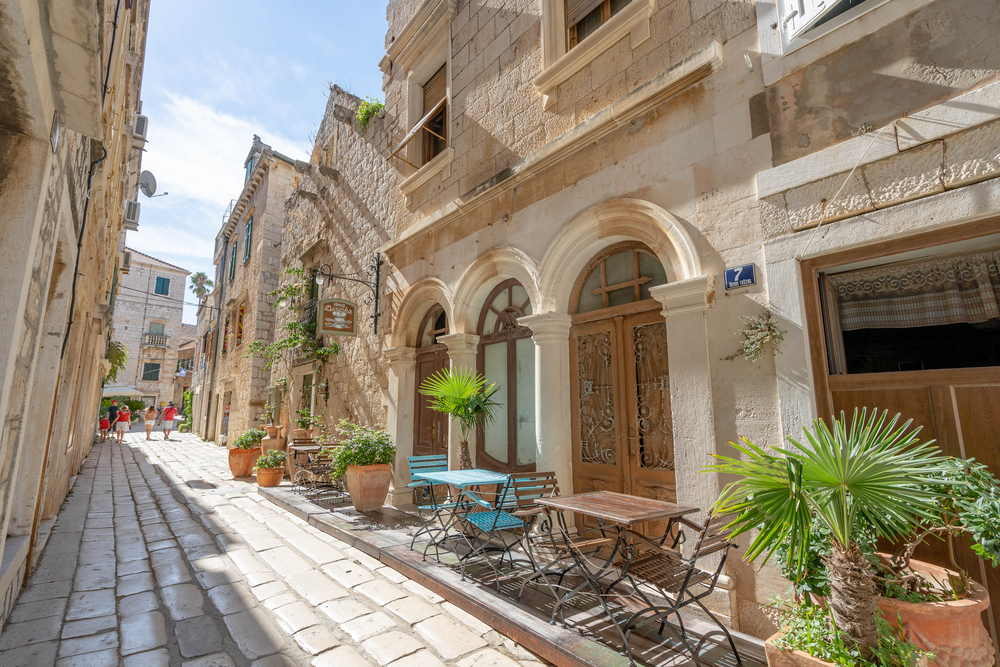
Hidden away from mainstream tourism until 1989, this Adriatic gem preserved its traditional way of life almost by accident. Ancient Greek and Roman ruins scatter the landscape like half-remembered dreams, while family vineyards produce wine using methods passed down through generations.
The island’s fishing fleet still heads out each dawn; their wooden boats barely changed from those their grandfathers used.
Fetlar, Shetland
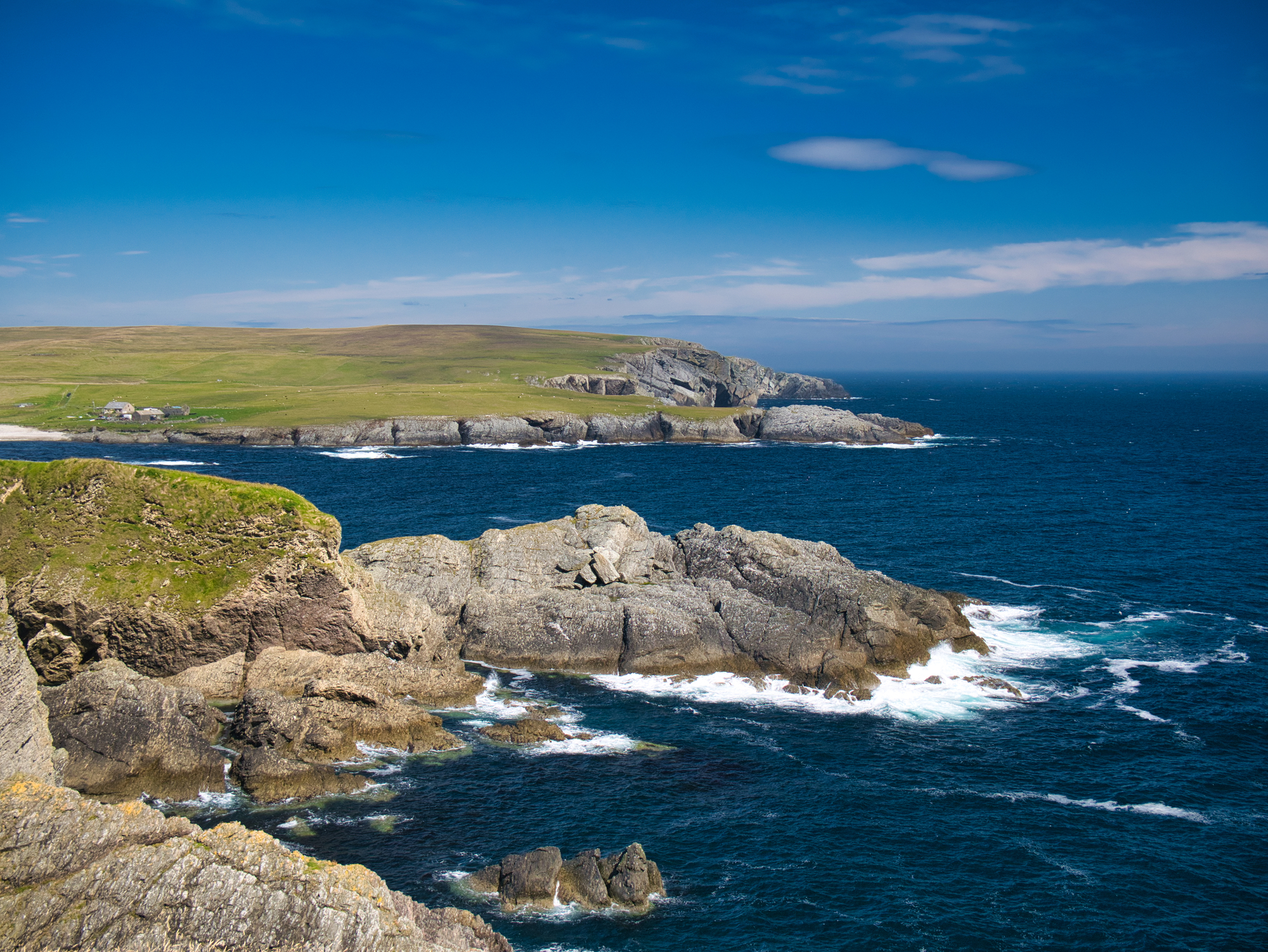
Known as the ‘Garden of Shetland,’ Fetlar holds tight to traditions that predate the Vikings. Modern residents still harvest peat for fuel using ancient methods, while Shetland ponies roam freely across landscapes that look much as they did centuries ago.
In the island’s tiny school, children learn traditional music alongside their regular lessons, ensuring cultural continuity in the digital age.
Like Travel Pug’s content? Follow us on MSN.
Schiermonnikoog, Netherlands
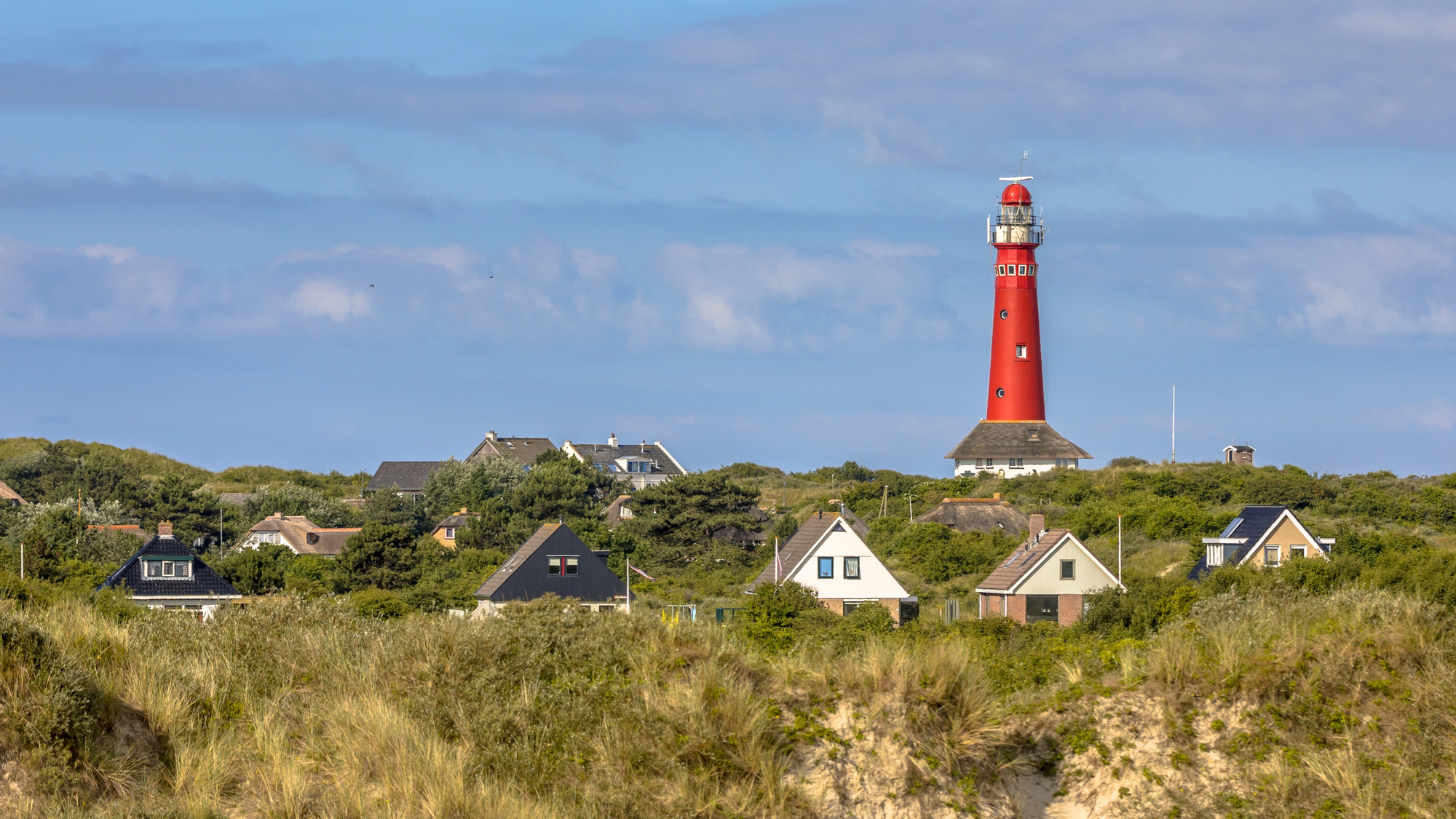
Time moves differently on this car-free Dutch island, where bikes and horse-drawn wagons remain the main forms of transport. National park status protects not just the natural environment but a way of life, with strict building codes ensuring new structures match centuries-old architectural styles.
The island’s only village feels frozen in time, its narrow streets and traditional houses creating an atmosphere more akin to a historical drama than modern Europe.
Skellig Michael, Ireland
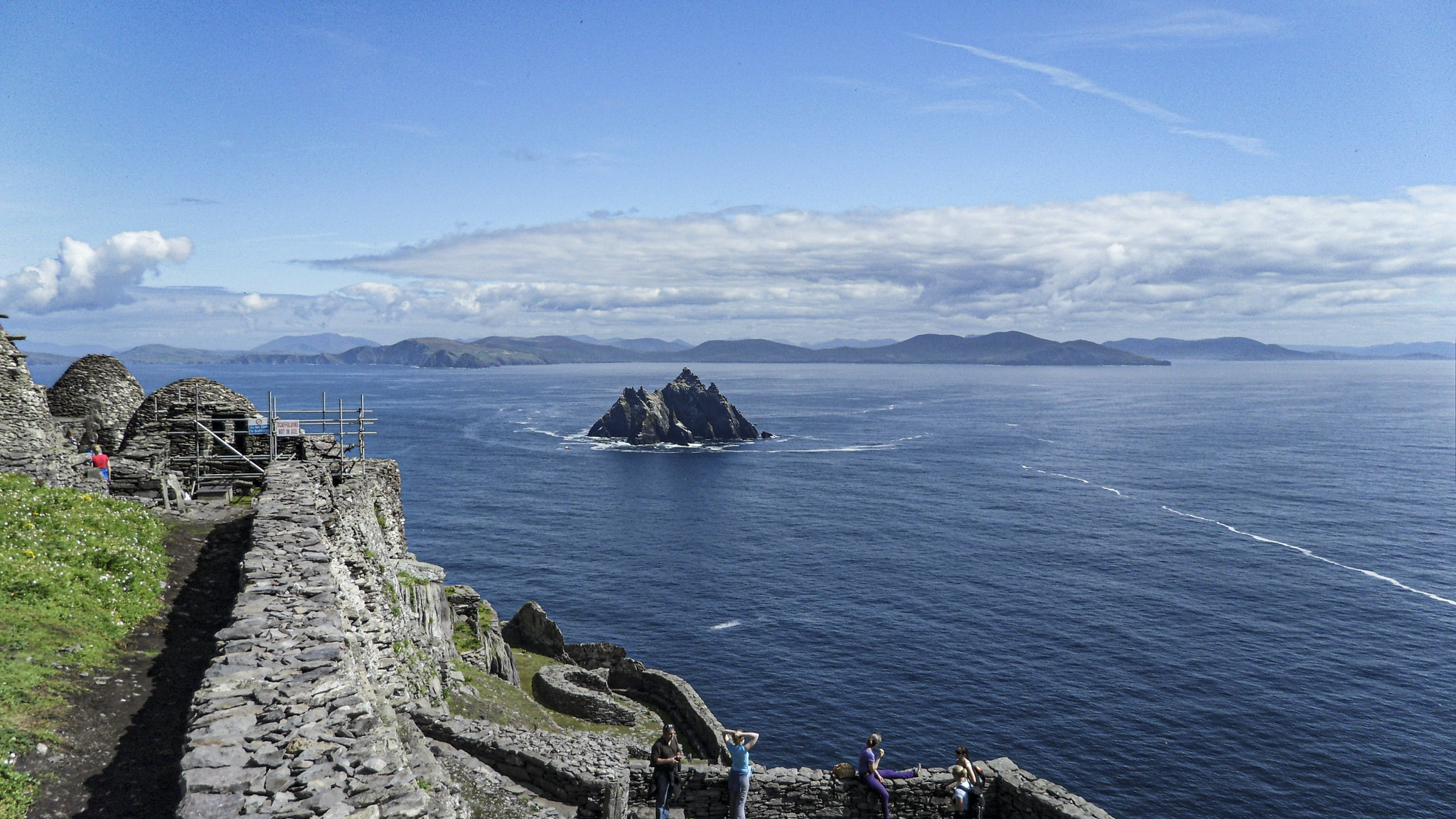
Rising from the Atlantic like something from a fantasy novel, this rocky pyramid housed medieval monks in stone beehive huts that still stand today. Though no one lives here permanently anymore, the island’s ancient monastery complex remains remarkably intact, offering visitors a glimpse into a life of extreme isolation and devotion.
The steep stone stairs and spartan shelters feel unchanged since the first monks arrived, creating an atmosphere that transcends time.
Yakushima, Japan
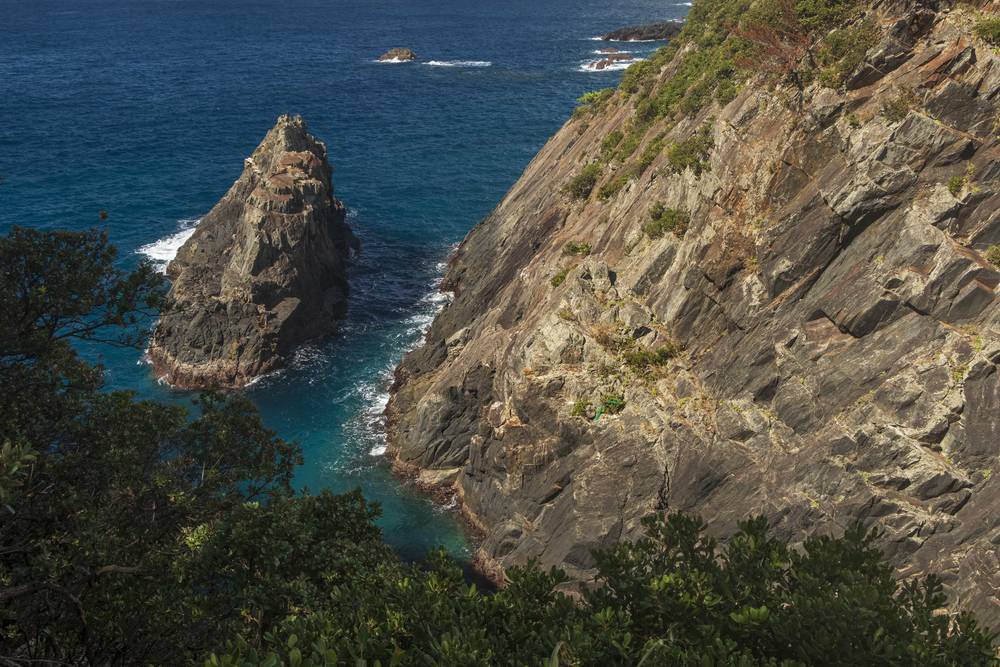
Ancient cedar forests shrouded in mist create an atmosphere that inspired Studio Ghibli’s ‘Princess Mononoke.’ Some of the island’s trees were seedlings when Rome was an empire, and local traditions treat them with appropriate reverence.
Modern eco-lodges sit comfortably alongside traditional Japanese inns, while hiking trails follow routes used by woodcutters for centuries.
Like Travel Pug’s content? Follow us on MSN.
Canna, Scotland
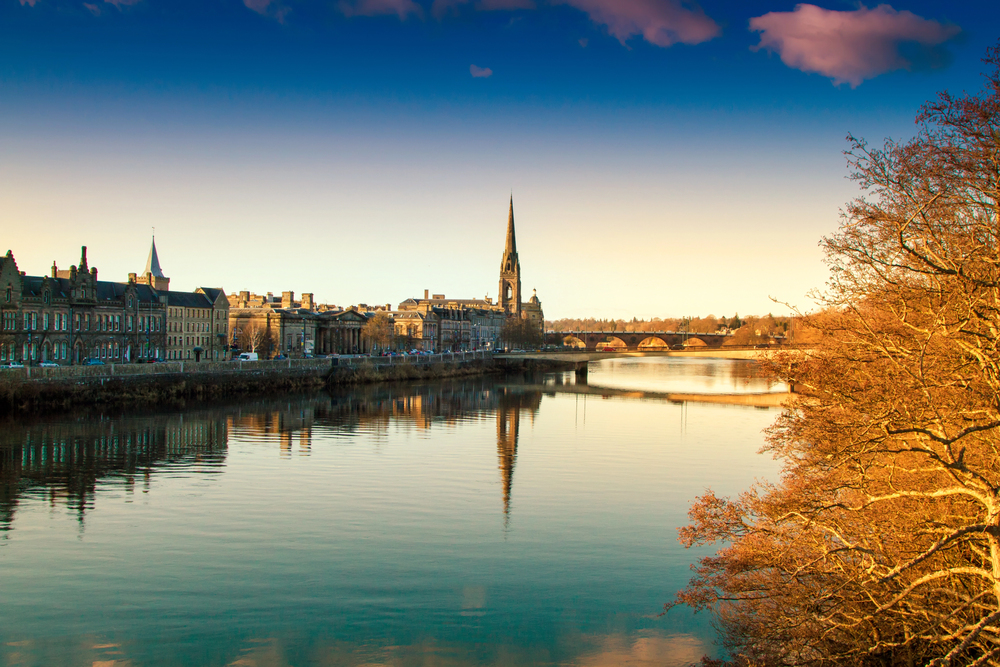
One of the Small Isles of Scotland’s Inner Hebrides, Canna operates much as it has for centuries, with a population that rarely exceeds 15 people. The island runs on renewable energy but maintains traditional crofting practices, creating a unique blend of past and present.
Its residents still gather seabird eggs from cliff sides using methods passed down through generations, though now they do it for monitoring rather than food.
Læsø, Denmark
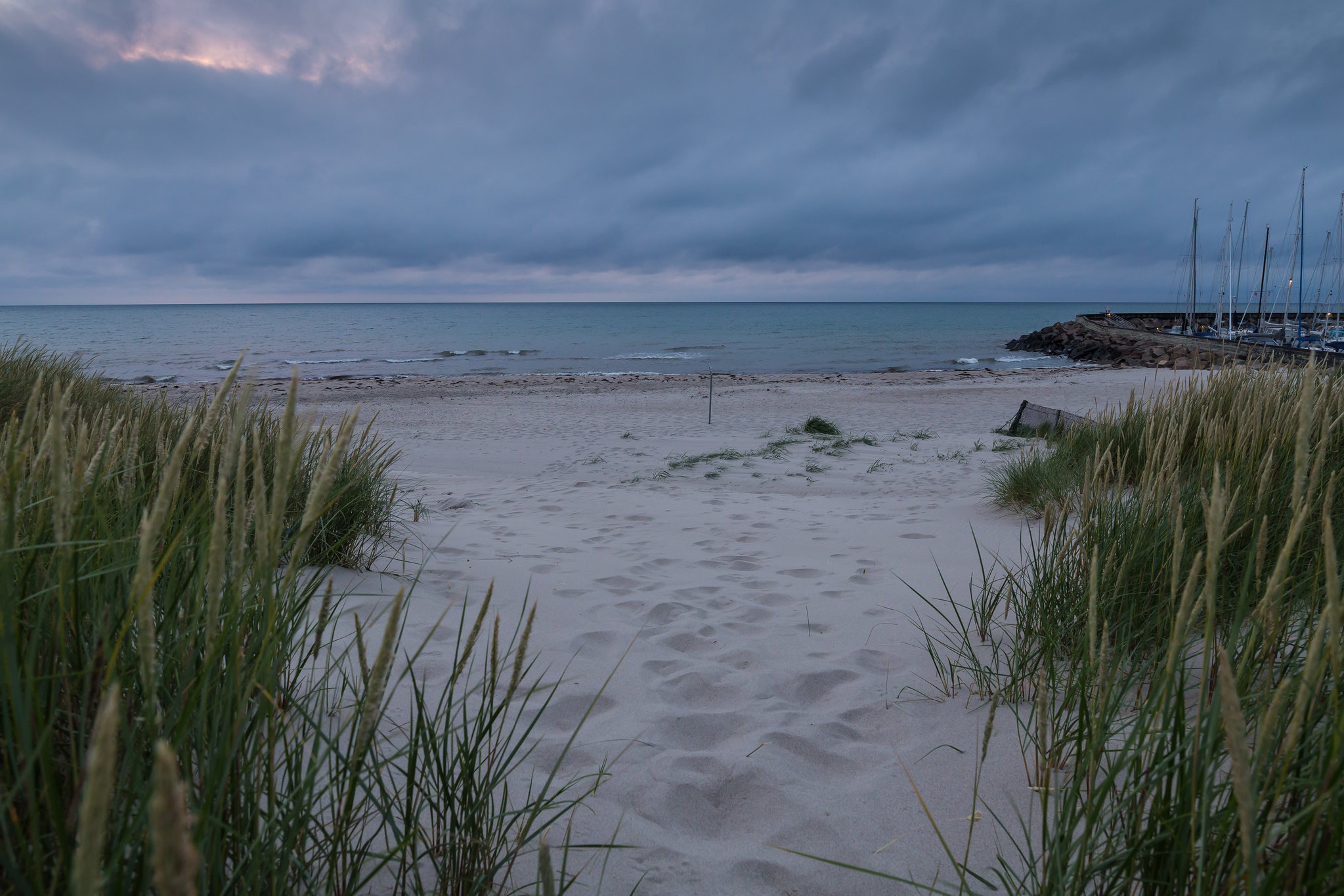
Famous for its traditional seaweed roofs, this Danish island preserves architectural practices that died out elsewhere centuries ago. Modern residents still harvest salt using Iron Age methods, creating an industry that bridges past and present.
The island’s traditional spa culture centers around these salt works, offering wellness treatments that would feel familiar to visitors from any era.
Rapa Nui (Easter Island), Chile
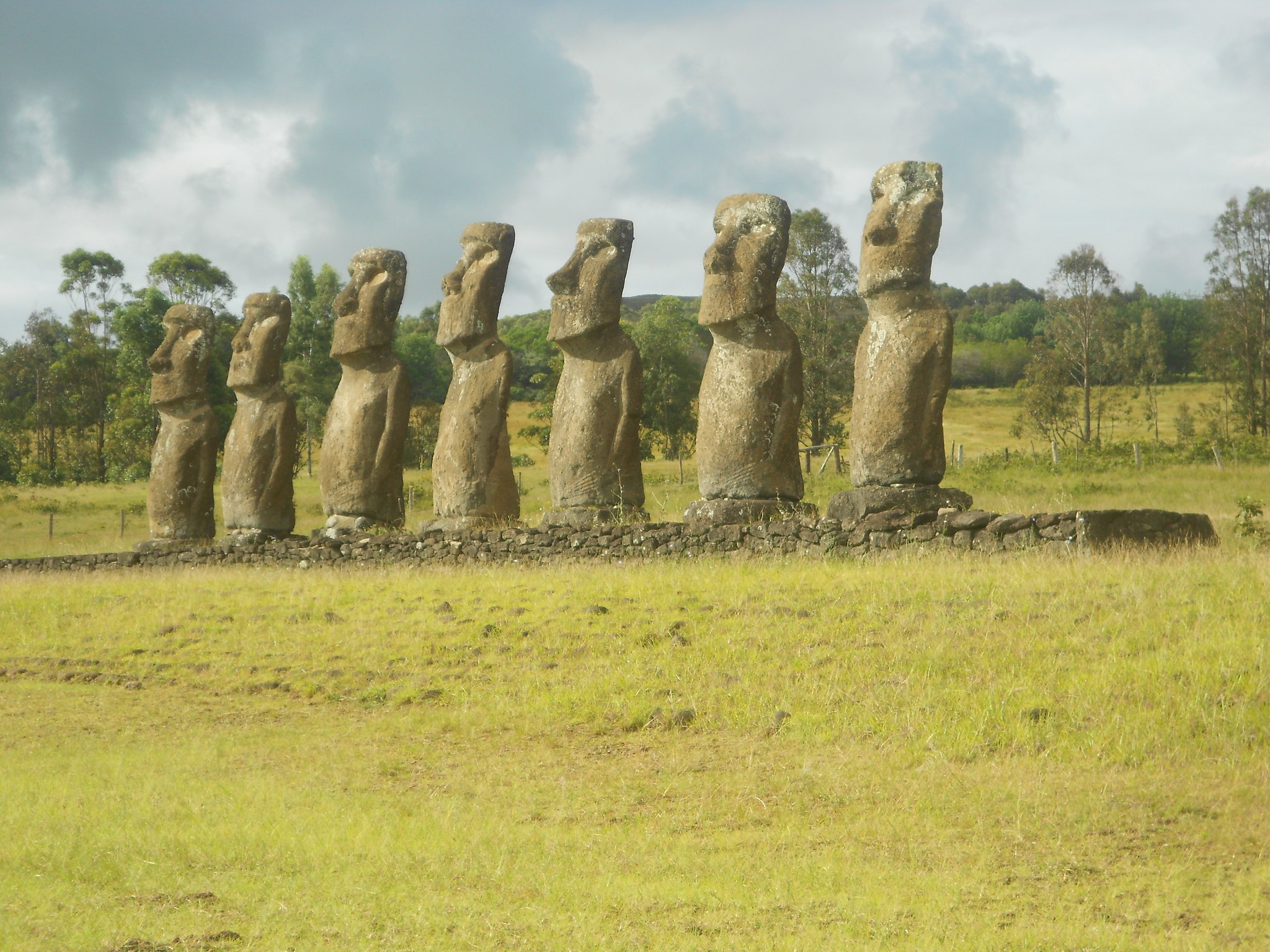
Miles from anywhere, this mysterious Pacific outpost holds tight to traditions that predate European contact. Modern islanders still celebrate their ancestral culture through traditional dance and art forms, while ancient moai statues stand sentinel over a landscape that feels more mystical than earthly.
Despite satellite internet and solar panels, community life revolves around ancient practices and customs, with traditional ceremonies marking life events just as they have for centuries. The island’s unique language continues to thrive among younger generations, who balance social media savvy with deep respect for their cultural heritage.
Like Travel Pug’s content? Follow us on MSN.
Finding Magic in the Modern World
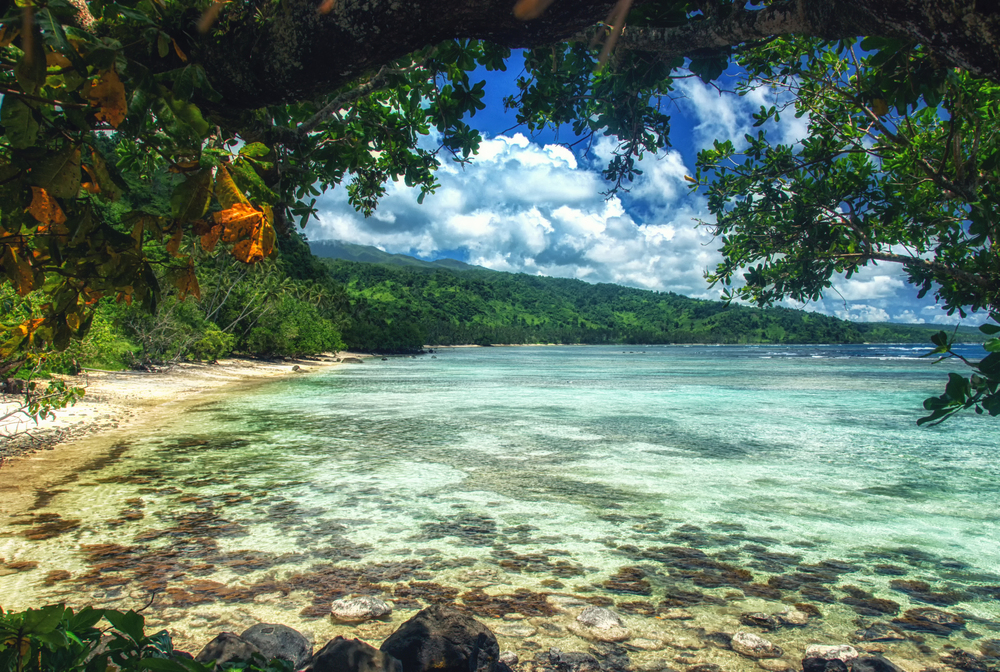
These islands remind us that progress doesn’t always mean abandoning the past. In a world racing toward the future, these places offer more than just an escape – they provide living proof that alternative ways of life can still thrive in the modern age.
Their continued existence challenges our assumptions about what development should look like, suggesting that sometimes, the most advanced societies are those that know exactly what to preserve. Perhaps these islands aren’t relics of the past at all but rather blueprints for a more balanced future.
More from Travel Pug

- 15 Dangerous European Cities to Avoid
- 15 Caribbean Islands Where Tourists Keep Getting Scammed
- The 20 Most Fascinating Abandoned Places: A Journey Through Time and Forgotten Spaces
- 15 Hidden Places in the Smithsonian Museums Locals Love: A Guide to Lesser-Known Treasures
- 16 Hidden Florida Beach Towns That Aren’t Overrun with Tourists
Like Travel Pug’s content? Follow us on MSN.
